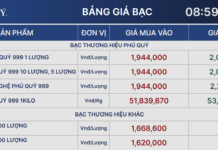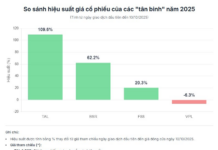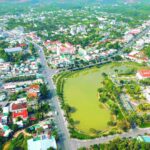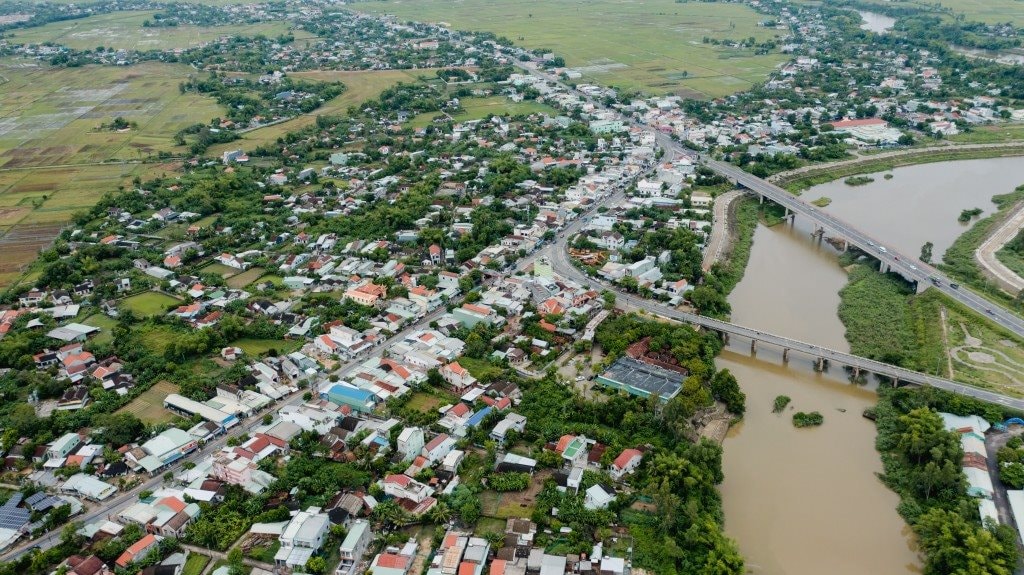
The resolution stipulates the integration of Nong Son district, with a total area of 471.64 km2 and a population of 35,438 people, into Que Son district. Post-merger, Que Son district will span an area of 729.10 km2 and accommodate a population of 139,566 individuals. In comparison, Hanoi’s Hoan Kiem district covers an area of 5.34 km2.
Regarding the reorganization of administrative units at the communal level in Que Son district, the resolution states: “Merge the entirety of Son Vien commune, encompassing an area of 28.46 km2 and a population of 3,190 individuals, into Que Loc commune. Following this merger, Que Loc commune will cover a total area of 63.30 km2 and be home to 9,674 people.”
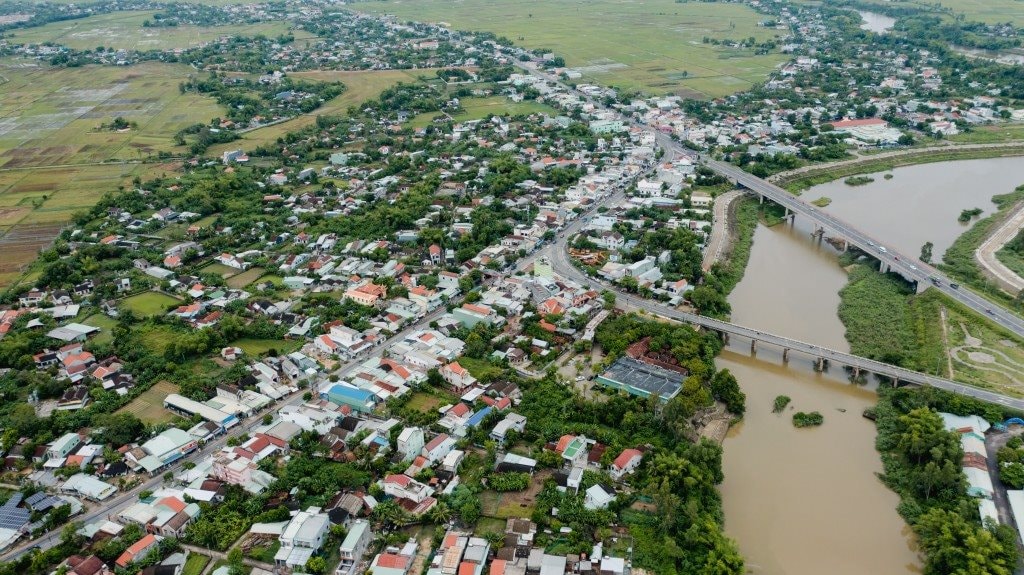
Que Son and Nong Son, once a single district, are now reunited through this merger.
Post-reorganization, Que Son district will encompass 18 administrative units at the communal level, including 15 communes: Ninh Phuoc, Phuoc Ninh, Que An, Que Chau, Que Hiep, Que Lam, Que Long, Que Loc, Que Minh, Que My, Que Phong, Que Phu, Que Thuan, Que Xuan 1, and Que Xuan 2; and 3 towns: Dong Phu, Huong An, and Trung Phuoc.
The resolution also entails the dissolution of the People’s Court and the People’s Procuracy of Nong Son district. Their respective responsibilities and jurisdictions will be assumed by the People’s Court and the People’s Procuracy of Que Son district, in accordance with legal provisions.
Que Son, a midland district of Quang Nam province, is situated 30 kilometers northwest of the provincial capital of Tam Ky and 40 kilometers southwest of Da Nang city. Nong Son district, on the other hand, was previously a part of Que Son district until it was separated by Government Decree No. 42/2008/ND-CP, dated April 8, 2008.
According to the Que Son district website, National Highway 1A traverses the district, covering a length of 8.5 kilometers. Additionally, two provincial roads, DT 611A and DT 611B, pass through the district, with a combined length of 37.5 kilometers. There are also 18 district roads within the district.
Resolution No. 1241/NQ-UBTVQH will come into effect on January 1, 2025. On this date, in addition to the merger of the two aforementioned districts, Quang Nam will also witness the adjustment and merger of 16 communal-level administrative units. As a result of this resolution, Quang Nam will comprise 17 administrative units at the district level (including 14 districts, 2 cities, and 1 town); and 233 administrative units at the communal level (including 190 communes, 29 wards, and 14 towns).
Other localities in Quang Nam with administrative boundary adjustments
Here are the adjustments to other administrative units in Quang Nam province during this period:
In
Hiep Duc district
, a new commune named Que Tan is established by merging the entirety of Hiep Thuan commune (with an area of 30.75 km2 and a population of 2,018 people) and Hiep Hoa commune (with an area of 60.53 km2 and a population of 2,402 people). Post-merger, Que Tan commune will cover an area of 91.28 km2 and be home to 4,420 individuals.
In terms of administrative unit rearrangement in
Thang Binh district
, the resolution stipulates the following: Establish Binh Dinh commune by merging the entirety of Binh Dinh Bac commune (with an area of 15.79 km2 and a population of 5,130 people) and Binh Dinh Nam commune (with an area of 17.42 km2 and a population of 5,090 people). Following this merger, Binh Dinh commune will span an area of 33.21 km2 and accommodate a population of 10,220 individuals.
Merge the entirety of Binh Chanh commune, with an area of 15.55 km2 and a population of 5,078 people, into Binh Phu commune. Post-merger, Binh Phu commune will cover an area of 43.74 km2 and be home to 9,736 residents.
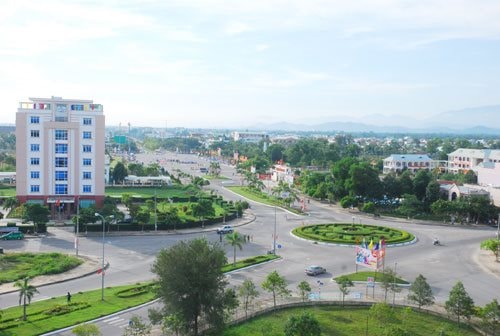
Tam Ky, the capital of Quang Nam province, also undergoes adjustments at the communal level.
Regarding
Duy Xuyen district
, the resolution states that Duy Thu commune, with an area of 12.92 km2 and a population of 5,313 people, will be merged into Duy Tan commune. Following this merger, Duy Tan commune will cover an area of 21.56 km2 and be home to 11,658 residents.
The resolution also addresses the rearrangement of administrative units in
Tien Phuoc district
. Tien Cam commune, with an area of 16.51 km2 and a population of 3,207 people, will be merged into Tien Son commune. Post-merger, Tien Son commune will span an area of 40.11 km2 and accommodate a population of 7,382 individuals.
In terms of
Phu Ninh district
, the resolution stipulates the merger of Tam Vinh commune, with an area of 13.84 km2 and a population of 5,607 people, into Phu Thinh town. Following this change, Phu Thinh town will cover an area of 20.32 km2 and be home to 10,928 residents.
As for
Tam Ky city
, the resolution states that Phuoc Hoa ward, with an area of 0.66 km2 and a population of 5,627 people, will be merged into An Xuan ward. Post-merger, An Xuan ward will span an area of 1.75 km2 and accommodate a population of 18,580 individuals.
The Perfect Union: Bà Rịa – Vũng Tàu Unites Two Districts After Two Decades Apart
Long Dat district, with its vast expanse of 267 square kilometers, is home to a thriving community of over 241,500 individuals. This vibrant region boasts a rich history and a promising future, offering a unique blend of cultural heritage and modern aspirations. With a diverse landscape and a dynamic population, Long Dat is an enchanting destination that captivates visitors and locals alike.
How Many Wards and Communes Are There in Hanoi After the Merger?
The restructuring of Hanoi’s communal-level administrative units has resulted in a streamlined structure. The city now boasts 12 dynamic districts, 17 vibrant counties, one thriving township, and 526 communal-level administrative units. This new organization positions Hanoi for enhanced efficiency and effective governance, fostering a brighter future for all its residents.

